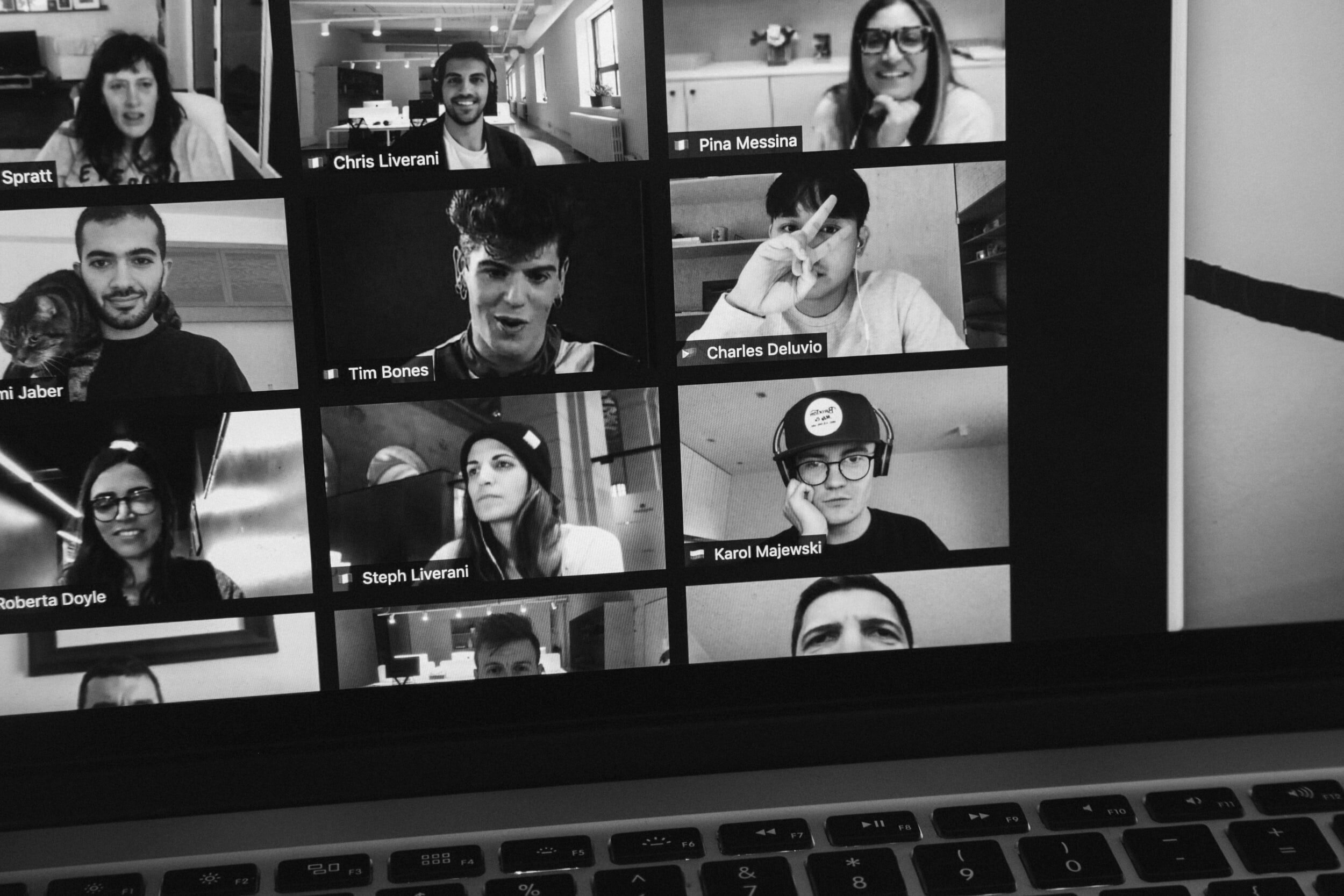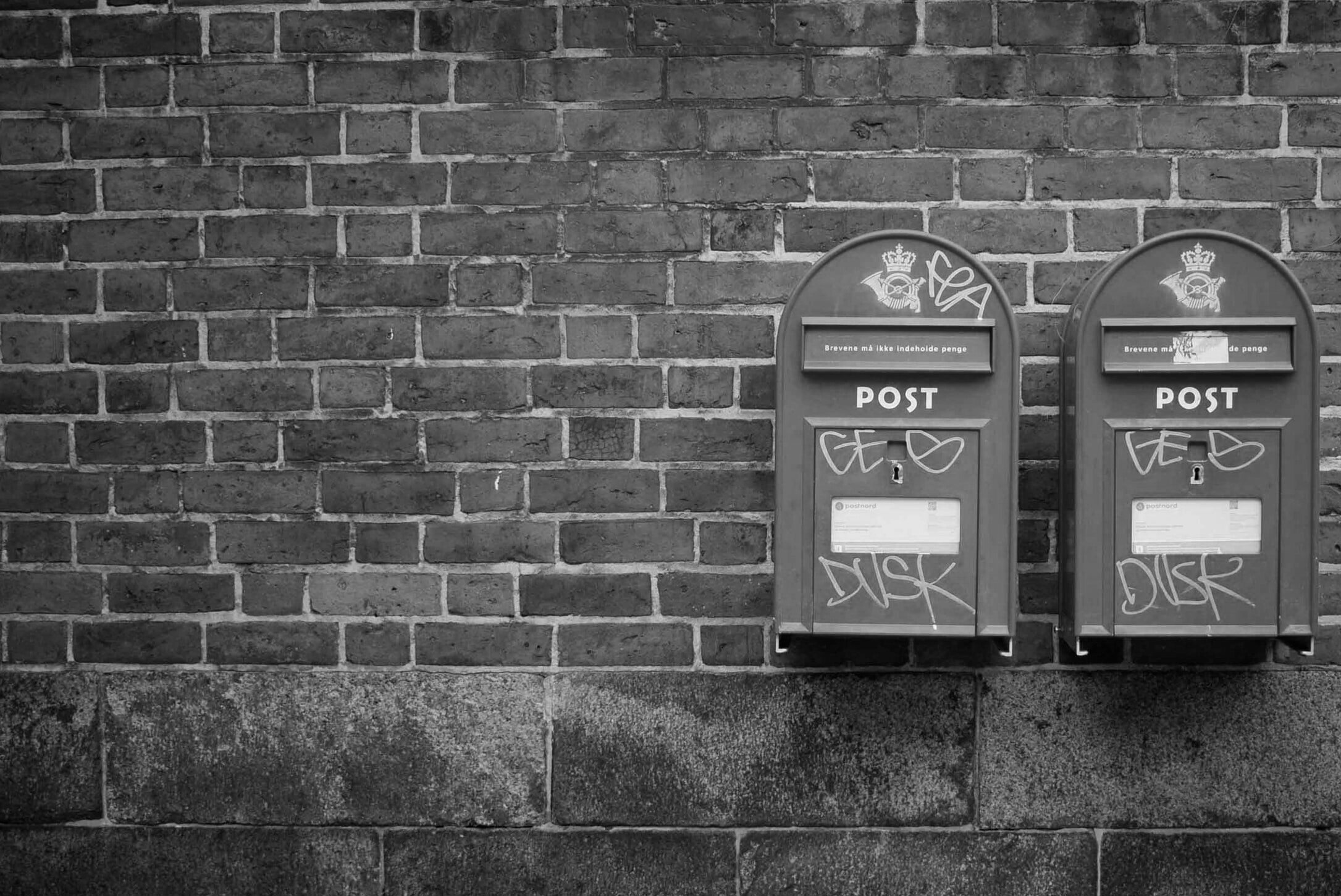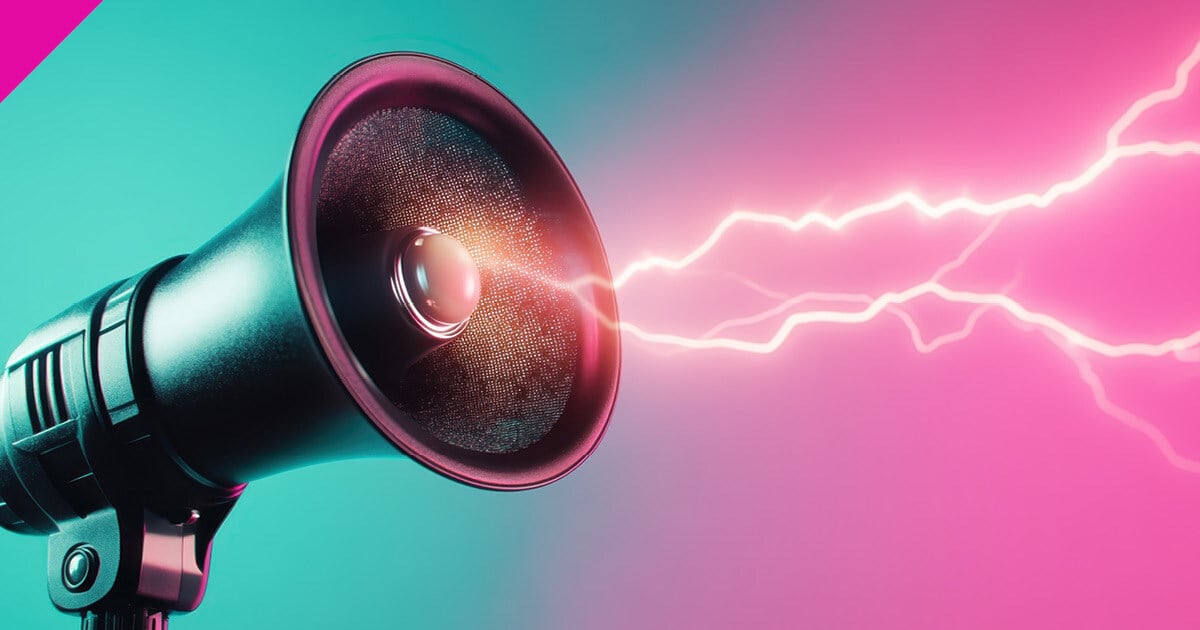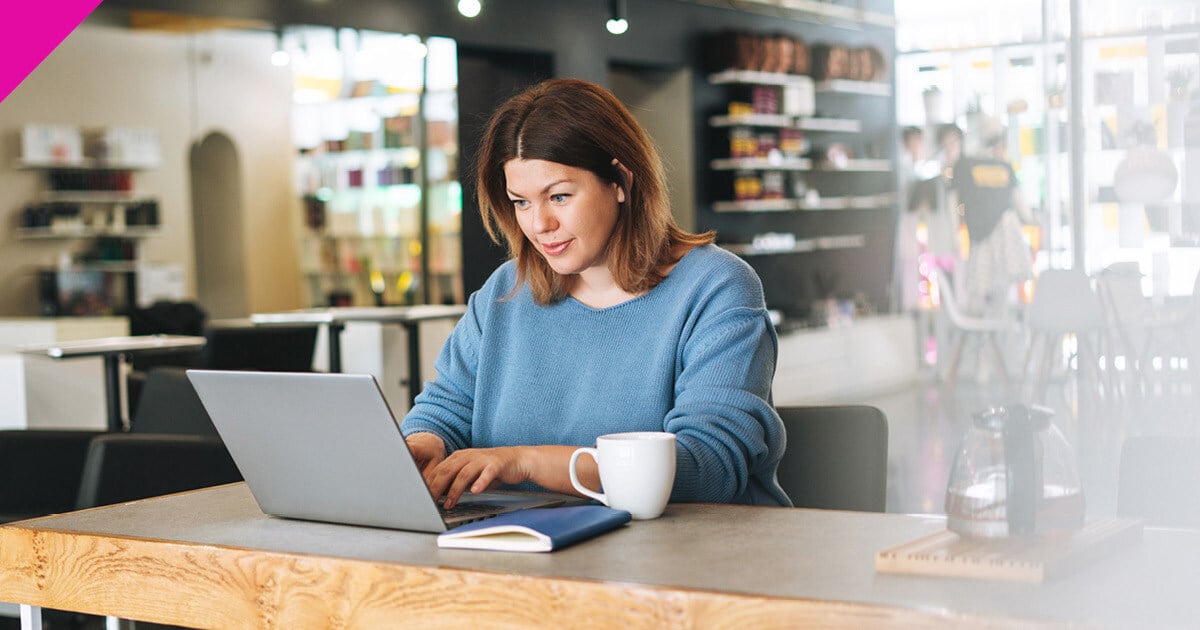Turn Up the Volume on Your Business: Sonic Identity and the Power of Your Brand Voice
It's widely known that brands have long relied on and harnessed visual aids to help boost their reputations and connect with their audiences on a...

What caught your attention to read today’s blog? Was it a quippy social media post, the flash of an animation, or a link sent to you by a friend? Whatever medium brought you to this post, you are a part of the elaborate attention economy - whether you know it or not.
Before now, we’ve discussed the attention economy, and the adage that if you’re not paying for the service, you are the service - cue suspicious glances to those Facebook, Instagram and Twitter tabs you have open right now.
Are you paying attention? Or are you paying in attention? That’s the ethos behind the attention economy - brands know the value behind making you look and listen to them, and are constantly fighting for space in your eyeline, whether it’s virtual or physical.
A few years ago, brands had around six or seven golden seconds in which to grab your attention - with the rise of social media and the influx of content, this has now been whittled down to measly 2.7 seconds - those goldfish aren’t looking too unfortunate now, are they?
As a result of the pandemic, tech and cloud-based operations have been forced to hit fast-forward, meaning that we endure longer exposure to channels fuelled by the attention economy. There’s now so much noise and distraction, with brands big and small all vying for our attention, that we could be entering an attention recession.

People’s attention is spent. With the rise of home-working, the fine lines of a work-life balance are increasingly blurred, leaving people yearning for different kinds of contact as they burn-out from a barrage of digital content across the favoured channels of social media.
As such, consumers are welcoming change. A report from Mailchimp highlights that audiences are now more accommodating to hearing from brands directly, via direct communications like email - in fact, data now shows that ‘people want to hear from businesses they’re engaged with and...they want to hear from them on a weekly basis’. For example, in March and April of 2020, ‘subscribers overwhelmingly seemed to prefer frequent campaigns, especially those sent a week apart’.
It’s no secret that, as consumers, we are welcoming change. Casting our minds back to March, home-working brought about a rise in our exposure on social media, as we were all glued to laptops and our phones whilst working from home.
After this level of social media consumption, direct emails received a warm welcome in our inboxes. Speaking of ‘direct’, some businesses have even looked to physical mail as a tool to combat the impending attention deficit.
e-Commerce brands, from Hello Fresh and Wayfair to Harry’s and Bloom & Wild, challenged the social media status quo with direct mail - yes, actually posting through consumers’ letterboxes!

But why? A main driver behind direct mail could be that the landscape of mail vs. email has come full circle. Where brands of yesteryear would cut-through cluttered letterboxes via email, businesses can now break through the noise of an unorganised inbox with physical post, which continues to decrease.
As consumers also look to break away from day-to-day digital communications, the tactile nature of direct mail provides them with that difference that all brands look for. Not to mention, it’s also proven to generate significantly better engagement than digital campaigns.
This begs the question: will the success of a more tactile strategy bring about a hybrid of physical and digital marketing, taking note from the likes of podcasts, which have increased their use of video due to the pandemic? Thinking back to the work-life balance, professionals are carrying out their careers through screens, having swapped meetings for video conferences, and handshakes for Hangouts (Google Hangouts being the preferred method here at Marmalade!). So, outside of work, these very same people may be craving more human contact - which many marketers are sure to catch on to.
And how could this materialise? Well, we may never take the humble billboard for granted again! This rise in demand for physical touchpoints could see point of sale units, posters and direct mail revolutionised for the modern consumer, as lockdowns lift in the future and life slowly moves towards a resemblance of normality.
There’s no doubt that the pandemic and technology have fuelled the pace of business change through 2020, but it indeed cannot be ignored that these factors may have brought us full circle, back to welcoming the shuttering of a letterbox or face-to-face event (opening of an envelope anyone?!).
And if we are headed for an attention recession? Then investing in both a social scheduler and postal stamps may not be a bad idea. Of course, the two couldn’t seem further apart, but the key to keeping the attention of your consumers, clients and candidates is to bring the best of both worlds together, to serve up a fully integrated campaign as part of a strategic marketing plan that will see your audience from inbox, to letterbox, and straight to your bottom line.

It's widely known that brands have long relied on and harnessed visual aids to help boost their reputations and connect with their audiences on a...

The latest iPhone, the freshest fashion trend, and the newest offering from Netflix - by anyone’s standards, these are certainly considered a...

As we near 2025, LinkedIn has given us an impressive line-up of new features and updates over the past year, and if you’re serious about making the...